Waitrose fish stocks are on track to becoming fully certified as responsibly caught or farmed by 2017, the retailer’s aquaculture and fisheries manager Jeremy Langley has claimed. In an edited version of an interview given for the Marine Stewardship Council’s Seafood Matters blog, Langley talks about the Waitrose Responsible Seafood Sourcing Programme, and why the retailer does such a strong trade in fresh fish
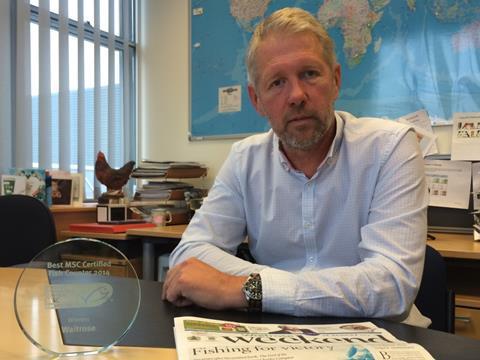
Waitrose has made substantial commitments to certified sustainable seafood, including the Marine Stewardship Council. What’s the greatest challenge in keeping those commitments?
As one of the Waitrose Way Commitments we have said that “By 2017, all Waitrose fish and shellfish will be independently certified as responsibly caught or farmed to a recognised third party standard”.
Our current position is that in volume terms 78% of the seafood we sell is currently certified to one of our recognised schemes.
Depending on the time of year, we sell between 80 and 100 species of fish and shellfish from around 40 to 45 countries and one of our biggest challenge to meeting our target is that there’s not a certification scheme that covers all of the seafood species we sell.
Wild caught fish must be fully traceable to catch areas defined in legislation and from known fishing vessel operators and their vessels.
What’s the difference between responsibly and sustainably sourced seafood?
We insist responsible fishing methods must be used to minimise by-catch of vulnerable and non targeted fish species, (i.e. coral, sea birds, marine mammals). Fishing practices that minimise discards and that avoid capture of immature/undersized fish should be encouraged. In practice we evaluate all the methods we use for all species of fish that we sell. In the case of lemon sole and plaice we insist that their caught using Danish Seine which has less impact on the environment and produces a higher quality fish.
All our cod and haddock is MSC certified and we are really proud of that fact. Our Responsibly Fish Sourcing Policy also says that all our cod and haddock should be line caught and therefore the fact that both the Icelandic and Norwegian MSC certification included all fishing methods was fantastic news.
Waitrose has 5% market share in grocery retail, but 12% of market share for fresh and smoked. Why does Waitrose fish business perform so well?
Freshness, quality, value and customer service are at the forefront of our customers’ minds when purchasing fish from Waitrose. While responsible sourcing may not be at the forefront of their minds when purchasing fish from us we do know through talking to them that they expect Waitrose to have done that work for them.
Freshness, quality, value and customer service are at the forefront of our customers’ minds when purchasing fish from Waitrose
We’ve got the next 2.5 years to work our way through the final 20% towards meeting our 2017 target. It’ll be the hardest part according to the 80/20 rule. The bulk of our sales are still in the big five: cod, haddock, prawns, salmon and tuna. We’re in a great position in that all our our farmed and wild caught salmon is independently certified, all our cod and haddock is MSC certified as is our skipjack tuna, not just the fish found in tins, but also the tuna found in our salads, sandwiches and fishcakes. All our coldwater prawns are also MSC certified.
We’ve found over the years that we get a much more consistent high quality fish with hook and line caught cod compared with trawled fish.
What role do retailers play in influencing consumer to shop for sustainable seafood?
Retailers clearly have a very important role to play in sustainability. I think it’s fair to say that retailers have been leaders in delivering change in sustainable seafood. If you look at what was going on 20 years ago there were only two retailers at the time taking this seriously one of which was Waitrose.
Does the fiercely competitive retail sector help or hinder promotion of sustainable seafood?
Retailers have an important role in driving change at a consumer and government level at times it’s really important that retailers put aside the competitive nature of our business. We are much stronger together than a group of individuals, for example retailers working together on Fishery Improvement Projects.
How helpful is the MSC logo in communicating to Waitrose customers?
We only use one fish eco label – the MSC. Why? Well very simply, it’s the most recognisable of all the schemes. Customers are time poor, so if they see that blue tick on the packaging or counter tickets they can make a quick and informed decision on which seafood to buy.
How will you apply your sourcing policy to the ‘harder to reach’ fisheries?
One of the biggest challenges in meeting our target is that there’s not a certification scheme that covers all of the seafood species we sell. So the question is what do we do with these smaller fisheries?
For example, we take a Thai squid that’s caught by very small fishing vessels who fish at night. The squid are encouraged to the surface by hanging lights over the side of the boat and then caught but using hand and dip nets.
By its very nature this is a fishery that meets all of our current responsible sourcing policies. It’s very small scale, has minimal impact on the environment, it couldn’t overfish the stock, every boat is fully traceable and everything is recorded. The challenge is how do we get a fishery like that through some sort of certification scheme.
To help us with this we have developed the Waitrose Responsible Seafood Sourcing Programme. The programme’s objectives are to ensure that Waitrose procures seafood from the most sustainable sources available. The programme has been developed jointly with SAI GLOBAL in collaboration with the Waitrose Fish Forum Technical Committee.
The Waitrose Technical Fish Forum Committee oversees the Waitrose Responsible Seafood Sourcing programme. The Committee is multi-disciplinary in constitution and includes marine biologists, fishery and aquaculture experts and Waitrose CSR and Technical departments. This team is tasked with evaluating the latest scientific data and emerging knowledge to inform sourcing policy decisions.
It also commissions independent fishery assessment projects as part of the sourcing risk assessment review process and it is this process that we would apply to the Thai squid fishery.
Is Waitrose policy more effective than EU policy?
They are complementary and we welcome the changes in EU policy particularly on discards, but it is an incredibly challenging particularly in the EU because it’s a mixed fishery. There are some species of fish that are considered threatened such as some sharks and skates, which can be live when landed on the boat and I would suggest the enforcing fishermen to land these fish, bought to the band the last thing we want them to say to the fisherman is you must land that. We actually want them to put them back.
We welcome the changes in EU policy particularly on discards, but it is an incredibly challenging particularly in the EU because it’s a mixed fishery
Our policy says that we want fisheries to use fishing methods that minimise by-catch of vulnerable and non targeted fish species discards. A good example of where the fishing industry has moved forward can be found in the coldwater prawns industry with the development of the Nordmor grate that is designed to sit in the mouth of the net and it allows ground fish such as cod and haddock to escape through the top of the net but allows the prawns to be caught. This is a great example of how the fishing industry worked to solve a particular issue and in doing so managed to eliminate a significant proportion of unwanted by-catch with the development of this gear.
It’s about a common sense approach, if you’ve got a quota for one species and catching a lots of another species which you do not have quota for then I would have to ask are you using the right fishing method. If you have a high by-catch of fish that you cannot land legally then you have to ask why.
Are you optimistic about the future of the world’s oceans?
The big thing for me is that they are not our fish – we can’t just exploit the marine environment as we have done for in the past. They are not our fish – it’s not for us to do what we want with them, we’re the caretakers for future generations. For me it’s about ensuring that there are plenty more fish in the sea, it sounds a bit corny but it’s key.
This interview is part of the Seafood Insight series at the MSC’s Seafood Matters blog.







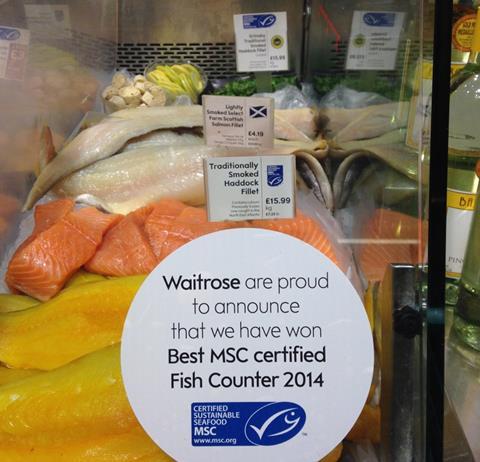

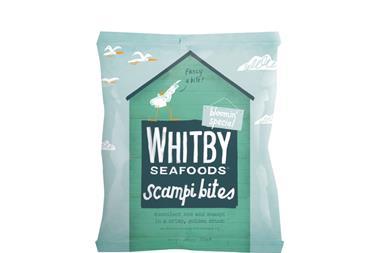

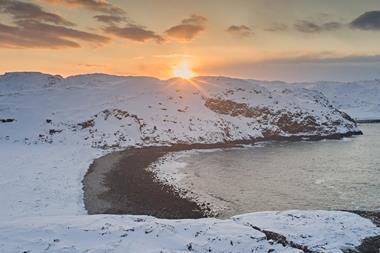

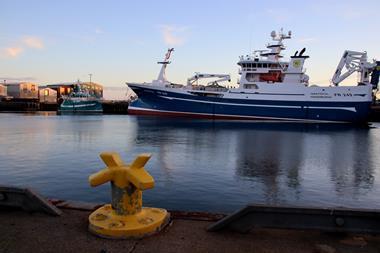
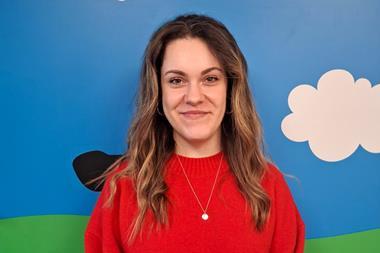
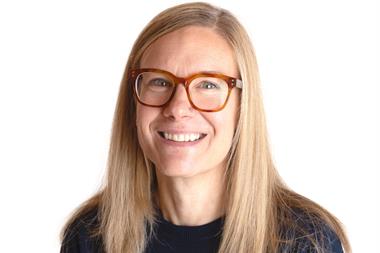
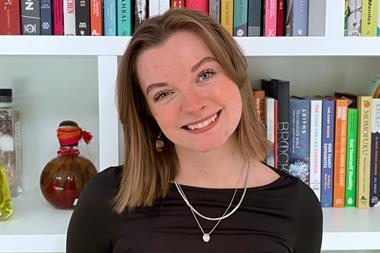
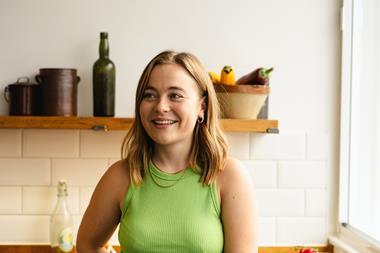
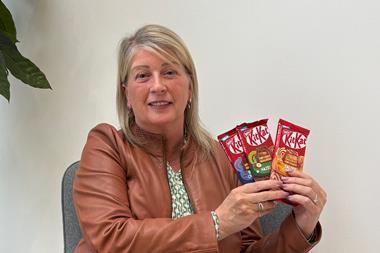

No comments yet